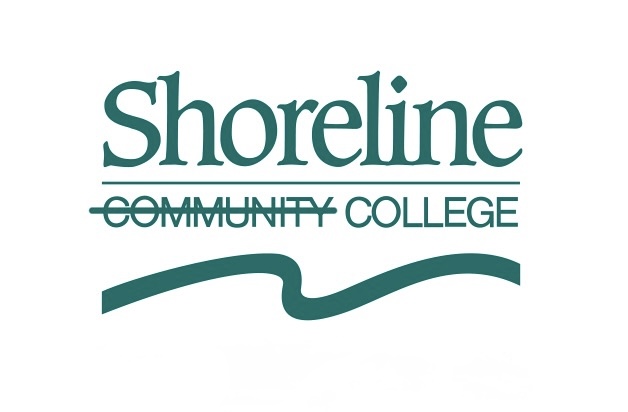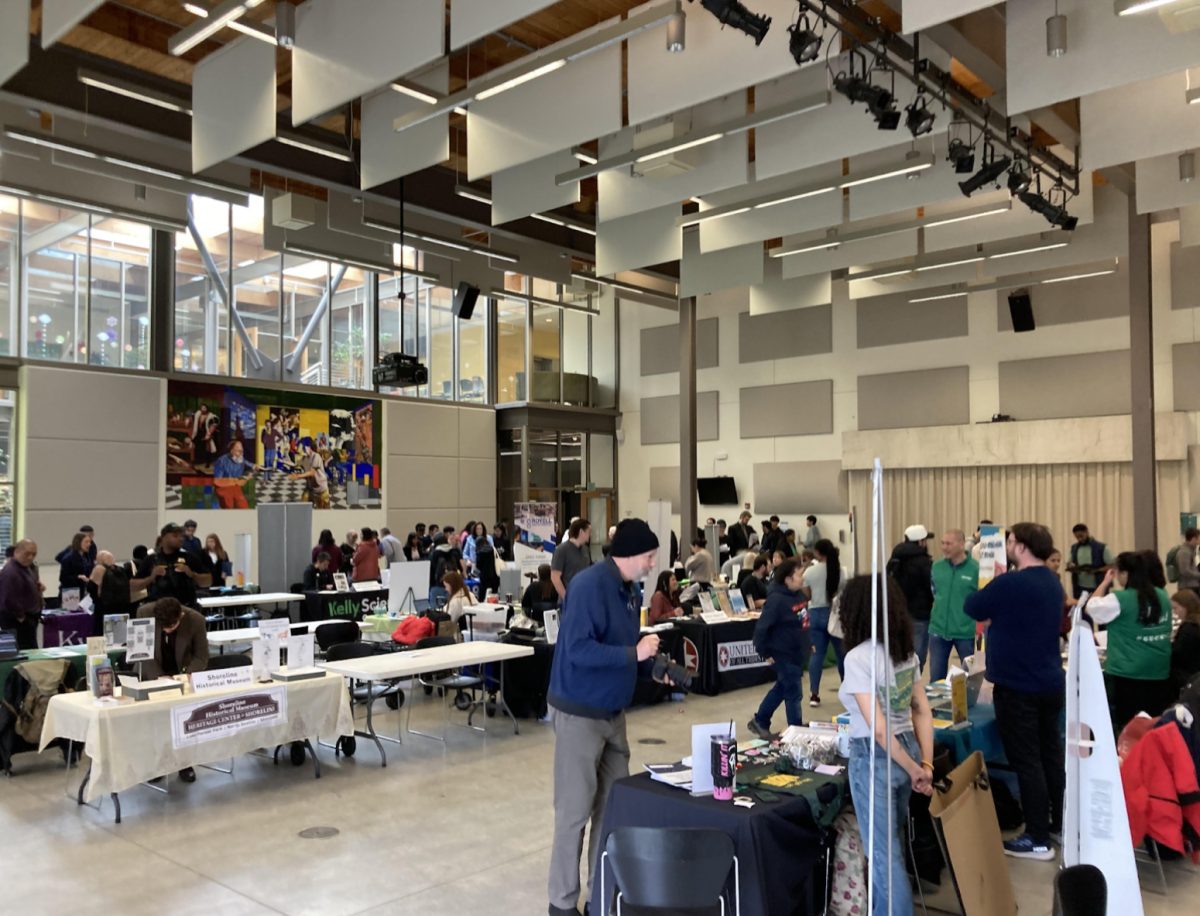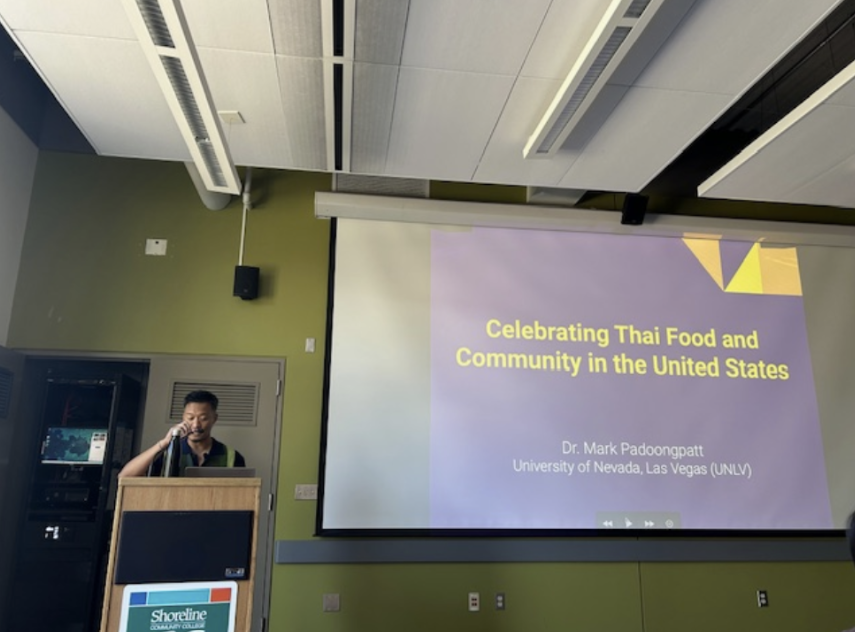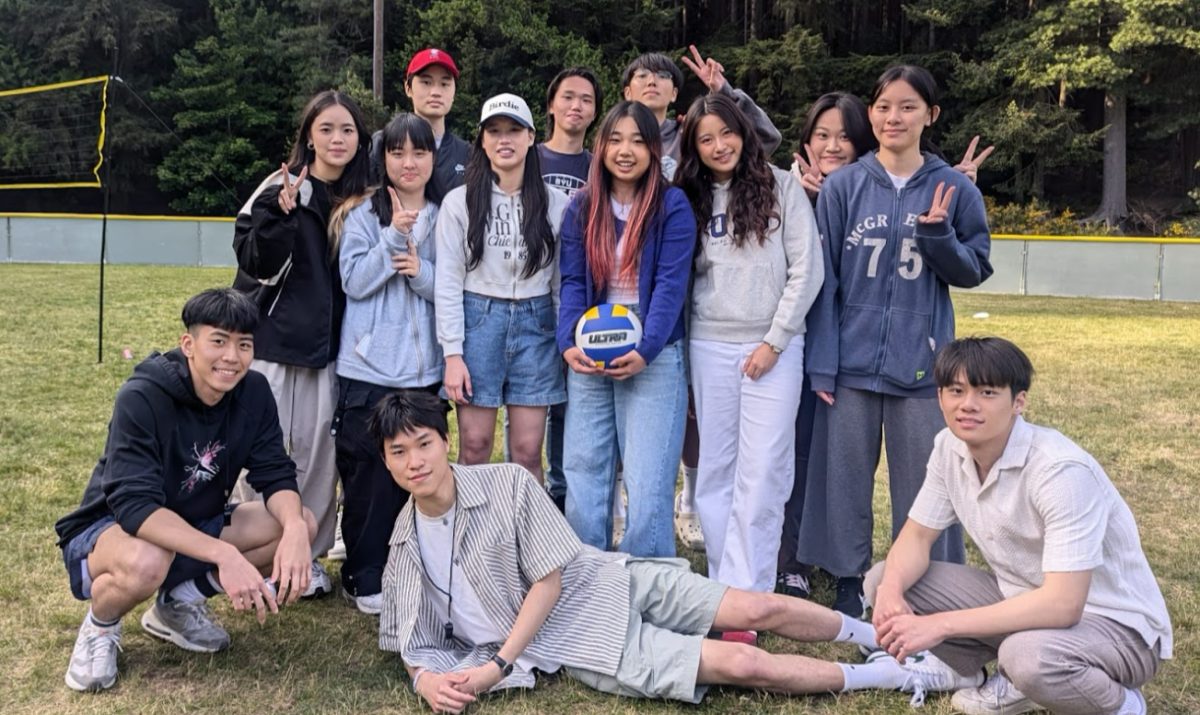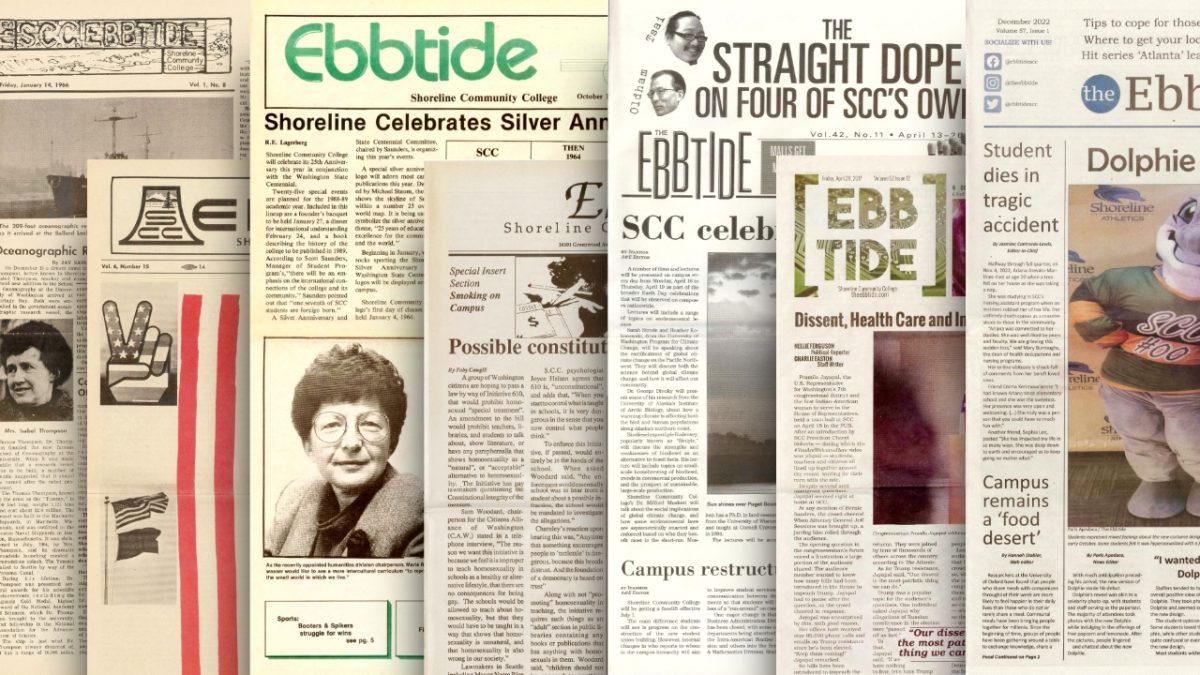Executive orders have the ability to move the nation overnight. The “Muslim Ban,” put in place by the current president, is a widely disliked example but it isn’t the first time an executive order targeted specific people. It was only 75 years ago that an order sent almost 120,000 people to internment camps on the United States’ west coast.
On April 25, the 75th anniversary of Executive Order 9066’s signing, Tom Ikeda — founder of the Densho Project, a non-profit organization that shares the stories of the victims of Japanese internment — hosted a presentation at Shoreline Community College in memoriam of all those sent through the Japanese-American internment camps of World War II.
Executive Order 9066, “Authorizing the Secretary of War to prescribe Military Areas,” gave military commanders the freedom to create “military exclusion zones” in which “enemy aliens” could be forcibly detained along the entirety of the west coast, extending into southern Arizona and the islands of Hawaii.
Ikeda started the Densho Project to “ease the feelings of rejection, unwarranted shame and sadness” that he sees in Japanese-Americans who lived through internment, using interviews and handwritten first person accounts to tell their stories and to build a place to talk about the injustices faced in the camps.
Prior to his current work, Ikeda worked across a variety of fields, from his beginnings working as a general manager at Microsoft to becoming a medical research engineer at the medical research company Cordis Dow and acquiring an MBA in entrepreneurship from the University of Washington, before finally devoting himself to Densho and the task it continues to undertake.
Ikeda highlighted the history of Japanese-American internment and aimed to frame it in context of current events to “draw similarities and parallels to issues today.” He covered the executive order itself, with brief clips of a variety of Ikeda’s interviews with survivors, and discussed the history of the actions taken during the war and the lives of the people it affected.
Those detained by the executive order were removed from their homes by FBI agents and relocated to hastily built “assembly centers” — some stayed in these assembly centers, while others (generally first or second generation immigrants) were moved to internment camps. Washington’s own Puyallup Fairgrounds hosted one of these assembly centers, named “Camp Harmony.” Only a few of those interned ended up returning to their houses or land, their property having either been seized, sold or left in disrepair and vandalized.
During his presentation, Ikeda quoted one of the military commanders from that time who supported the camps openly, saying, “If anyone has a drop of Japanese blood in them, they’ll be loyal to the Japanese emperor.”
Despite the rampant distrust, many of those held at these camps signed up for “volunteer” military service (whether or not by choice), forming the 442nd, a purely Japanese battalion, with the hope of proving their loyalty through dedication and sacrifice as well as a to find a way out of the dismal living conditions of the camps.
Later recognized as one of the most respected and influential forces in the war, the 442nd was often abused as a military unit and sent on missions judged too difficult for other battalions or on missions which would otherwise never be considered as a safe operation.
During this time, the internment of Japanese-Americans was considered wholly constitutional, viewed as a safety precaution fueled by rampant bias in the media and social propaganda that was spurred on even further by wartime fervor and blatant racism.
In 1988, a bill was passed and signed by President Ronald Reagan which provided restitution to survivors of the internment camps — and only the survivors.
In later years, the reasoning for the executive order was revealed to be wholly untruthful — there was no danger from the west coast, according to a military spy, who also said, “Japanese Americans are as loyal as any community (to the United States).”
Since then, the topic has been a wound that has never healed. One member of the audience remarked on the lasting effects of internment on the law — in accordance with the Supreme Court, the internment is still held as constitutional and has yet to be overturned, allowing for the possibility of future executive orders based purely on racial background.
Ikeda ended the presentation by saying that “we’ve been down this path over and over.” He asked for those listening, as members of the community, to look to the past and to move forward, being mindful of those around them during the current turmoil of the United States’ foreign policies and its treatment of its own citizens.
Further information in regards to the Densho Project and its mission to share the stories of the formerly interned Japanese Americans, both alive and dead, may be found at Densho.org.
-Charlie Easton


